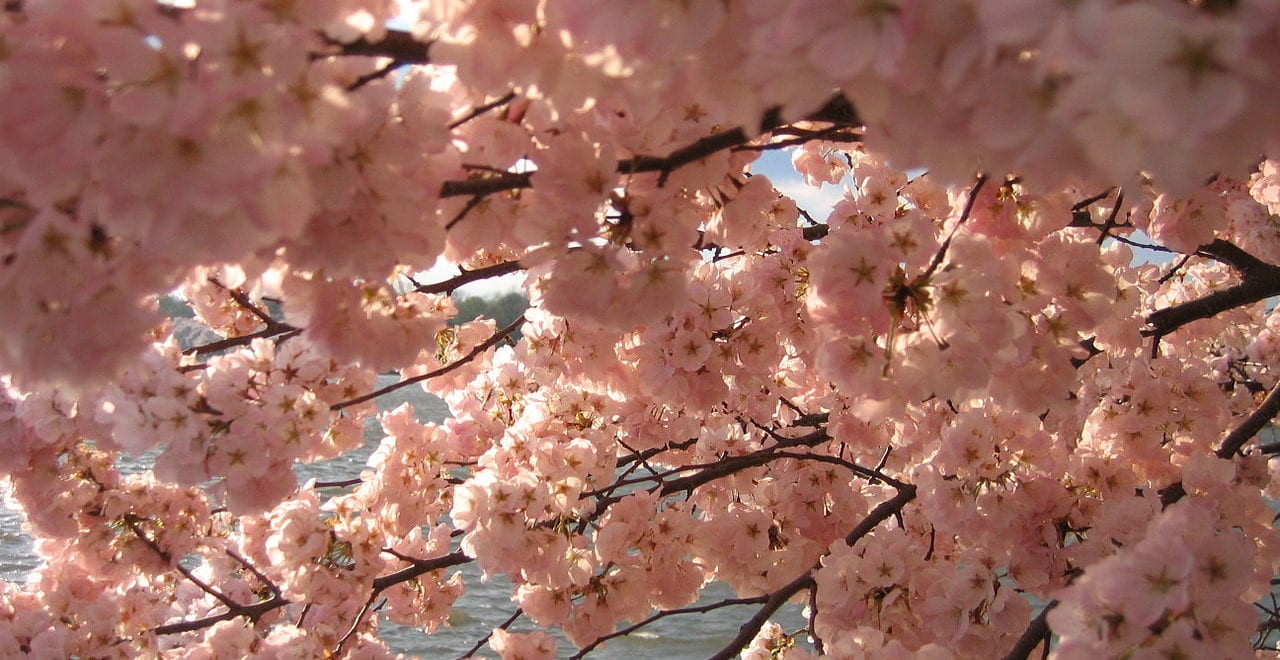Cherry Blossoms in Japan Bloom Early
Millions of people come from all over the world to see Japan’s cherry blossoms (sakura) bloom in the spring. However, due to warm temperatures and extreme weather, the blossoms have bloomed six months early. While early blooming in some areas isn’t unheard of, what’s unusual is how widespread the early blooms have been.
Throughout most of the year, the leaves of sakura trees release a hormone that stops the branches from blooming. When springtime arrives, the hormone stops being released which causes the flowers to bloom. The heavy typhoons that Japan has been experiencing caused many trees to lose their leaves, so they were not able to release the hormone that prevented blooming. Climate change is impacting our planet in many ways and it will continue unless we act urgently to limit global warming.
Indian Women Driven from Homes by Climate Change
Climate change has been a hot button issue recently, with the IPCC releasing a report on the Paris Agreement’s goal to limit global warming to 1.5°C. We have been seeing the disturbing consequences of climate change such as rising sea levels, heatwaves, forest fires, droughts, and stronger natural disasters. In India’s Sundarbans region, rising sea levels and heavy storms are contributing to failing crops and forcing farmers out.
Many families must migrate part of the year to another region to look for work. Susama Das and her husband travel to India’s Odisha state to plant rice and work at a shrimp farm. Through this work, they are able to earn double what they could back home. They’ve been able to fortify their house, so it can withstand storms, send their daughter to school, and avoid debt. This is a new reality for many, having to leave home and work elsewhere to provide for their families due of climate change. Climate change is altering the way of life not just for people, but for plants and animals as well. It’s crucial we take major steps now to limit warming past 1.5°C.
Activists Fear Life Beyond 1.5°C
The IPCC report on global warming paints a dark picture of what life would be like living beyond 1.5°C. At the current rate we’re at, we’ll surpass that benchmark within a couple of decades. The communities that contribute the least to climate change are the ones that suffer the most due to its consequences. Many islands in the Pacific face rising sea levels, diminishing ecosystems, severe storms, and increases in flooding and landslides.
Indigenous communities living close to nature, like the Saami living in the Arctic, suffer the most from extreme weather. This past summer, wildfires and heatwaves plagued the Arctic, alarming many who lived there. For people and animals already living in areas that are naturally subject to extreme conditions, it’s crucial we take urgent action to prevent global warming surpassing 1.5°C.





